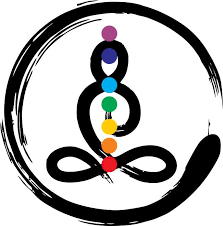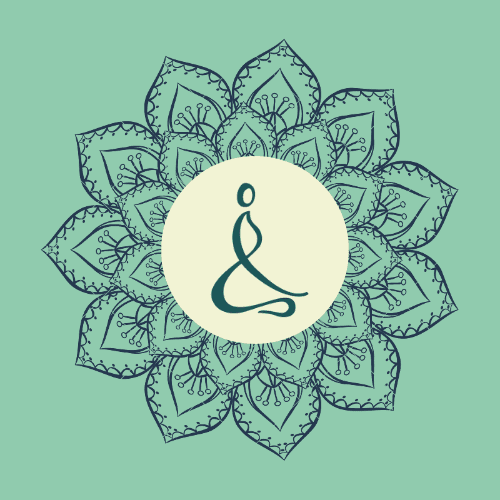Knowing Your Chakras
The Chakras Explained is the first of eight blogs dedicated the seven major Chakras. Here you will find the basic facts about them with a bit of theory directly from the Yoga books. Furthermore, this article will give answers to the following questions:
- What is the meaning of Chakra and how many Chakras are there in the human body?
- How do the Chakras relate to our physical, energetic and emotional body?
- What are the advantages of having our Chakras balanced?
- How does the knowing the Chakras benefit us?
However, before we dive into the world of Chakras, I invite you to keep an open mind, as this topic involves the subtle world of energy. It seems the last few generations on our planet have been strongly influenced by science. Science and spiritual practices sometimes seem to be at odds with each other. On the contrary there, is much they can learn from each other. Where the Chakras are concerned there is much scientific basis seen in the way the Chakras’ locations coincide with the densest areas of nerve endings in the body. Similarly, when it comes to the realms of energy, the scientific world can learn a lot from the intuitive wisdom of Buddhism, Taoism, Yoga and other ancient philosophies as expressed in the Chakras.
The Basics You Need To Know
The Sanskrit word ‘Chakra’ means wheel or circle but in the yogic context a better translation is vortex or whirlpool.
There are numerous Chakras in the human body, however the major ones are seven in number and are located along the spinal cord. These seven chakras are depicted symbolically as lotus flowers, each having a particular number of petals and a characteristic colour. In this instance, the lotus symbolises the three stages the yoga adept must pass through in spiritual life: ignorance, aspiration and illumination. It represents spiritual growth from the lowest state of awareness – the Root Chakra, to the highest state of consciousness – the Crown Chakra.

The Energy Body
According to yogic physiology, the human framework comprises of five bodies, which account for the different aspects or dimensions of human existence. Namely:
1. The material body (Annamaya kosha)
2. The mental body (Manomaya kosha)
3. The energy body (Pranamaya kosha)
4. The psychic body (Vijnanamaya kosha)
5. The bliss body (Anandamaya kosha)
In this blog, our focus will be the energy body as the Chakras are part of it. According to the ancient Yogic scriptures our energy body houses 72, 000 energy channels. Three of them in particular, are of the highest importance – Ida, Pingla and Shushumna.
Ida – the Moon or feminine energy channel, emerges from the left side of the third eye. Pingla – the Sun or the masculine energy channel – from the right side of the third eye. And finally Shushumna, which runs along the spine.
The Moon and the Sun channels cross each other as they weave their way down along the spine, until they reach the pelvic floor. As a result, in every location they cross, they create energetic vortexes – places of high concentration of energy. These, indeed, are the locations of the seven major Chakras. Physically these energetic centres coincide with places of dense congregation of intersecting nerves.
The seven major chakras in ascending order, together with their Sanscrit translations, are:
- Root Chakra (Muladhara)
- Sacral Chakra (Swadhishtana)
- Solar Plexus Chakra (Manipura)
- Heart Chakra (Anahata)
- Throat Chakra (Vishudha)
- Third Eye Chakra (Ajna)
- Crown Chakra (Sahasrara)
Each Chakra has its corresponding element, colour, seed mantra, related crystals. In addition to that, the Chakras are associated with the major nerve plexuses and endocrine glands in the body.
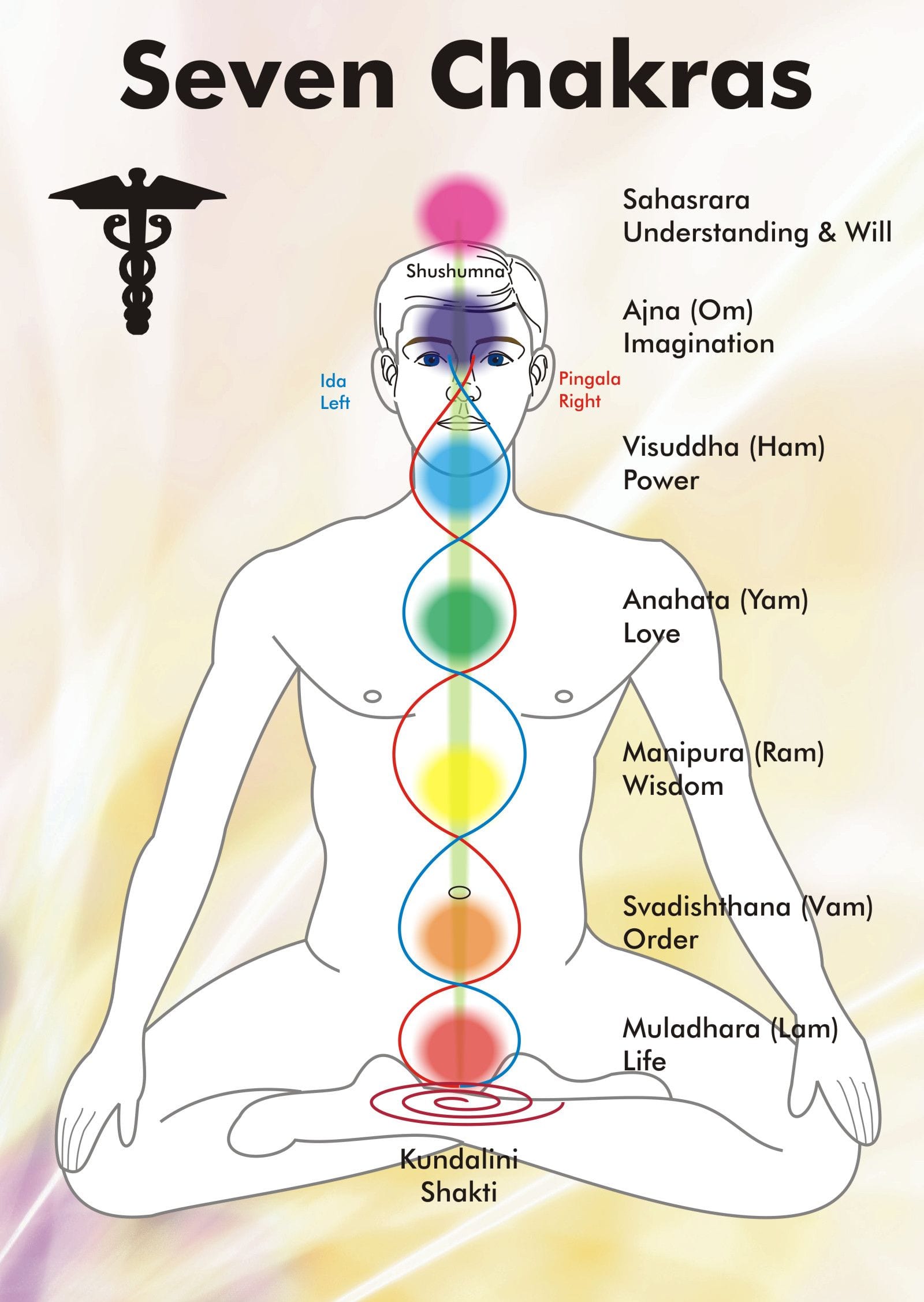
Ida, Pingla, Shushumna, Kundalini Shakti and the seven chakras
How Do The Chakras Affect Us?
Each Chakra governs various physical, emotional and energetic aspects of our existence. Depending on whether a person feels comfortable in a particular area of their life, the Chakras can be described balanced or unbalanced, underactive or overactive.
For example, the Root Chakra is related to our basic instincts of survival and to the feelings of security and safety. On a physical level this Chakra is in close proximity to the coccygeal plexus and it governs the groin, hips, legs, the reproductive and excretory systems.
Likewise, the rest of the chakras have their emotional, energetic and physical aspects that influence our daily life. Depending on how ‘open’ or ‘closed’ the seven Chakras are, we experience the world differently from one another. Thus, some of us may be more energetic and positive; others can feel overly emotional. Some may have the tendency to experience chronic anxiety and others may feel disconnected from their physical body, being preoccupied with the mind.
In summary, we can see that the Chakras in a way form our personality and how we perceive the world. This knowledge alone can give us a valuable tool and help us understand ourselves. Therefore, dedicating time to exploring our energy world we can help us grow as individuals. In addition, through the use of various practices, we can initiate the process of changing the aspects of our lives that hold us back from expressing our full potential.
The Chakras At A Glance

In the above chart you can find a summarised snapshot of the Seven Chakras with basic information and their influences on our lives. Notice that each energy centre has its colour, symbol and crystals that support it. Likewise, every Chakra represents different emotional aspects that form the entirety of our personality. Finally, we can see what attributes in our nature come to the surface when a particular Chakra is imbalanced.
Achieving Balance
When we achieve balance in all the seven Chakras, then our energy starts flowing uninterrupted along Ida and Pingla. In turn, this activates Shushumna and Kundalini Shakti – the cosmic force which lies dormant at the base of the spine of each being, starts rising up all the way to the Crown Chakra, thereby illumining the higher centres of human consciousness.
So to conclude, the Chakras are those vital points in our energy body, through the balancing of which, the Yoga practitioner opens the pathways to higher states of consciousness and enlightenment.
However, for those whose goal is not enlightenment, but simply maintaining a healthy, balanced body-mind connection, the knowledge of the Chakras can be a key to healing yourself from various health conditions and past traumas.
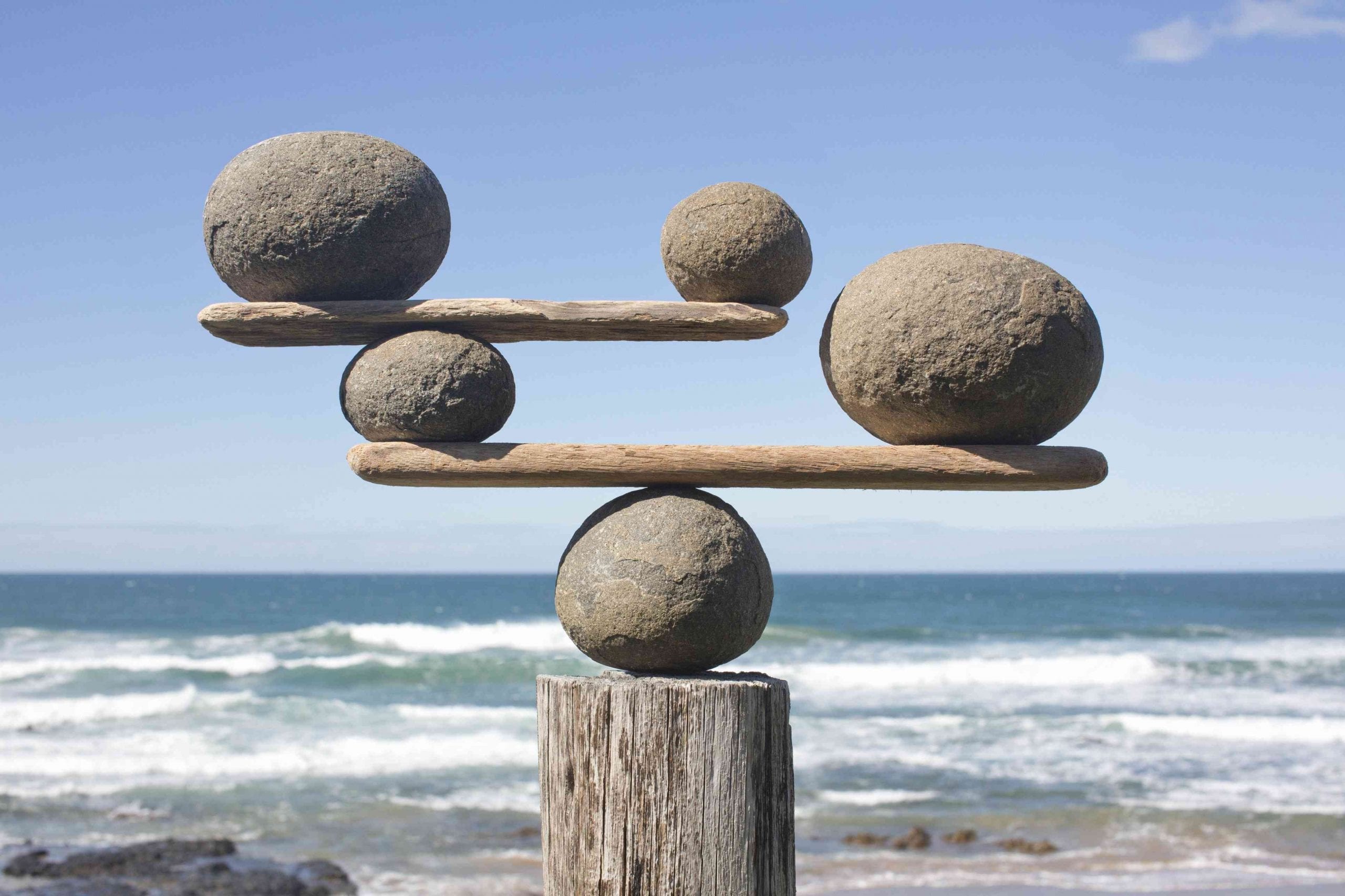
The Seven Chakras
Finally, after we have set a steady foundation of understanding the principles behind the Chakras, we are ready to start exploring them one by one. This list below shows the seven major Chakras in descending order and in their respective colour. In addition, I have shown two qualities against each energy centre to help you understand what this particular Chakra relates to.
As I go along on my journey of writing about each Chakra you will find integrated links for each completed blog below.
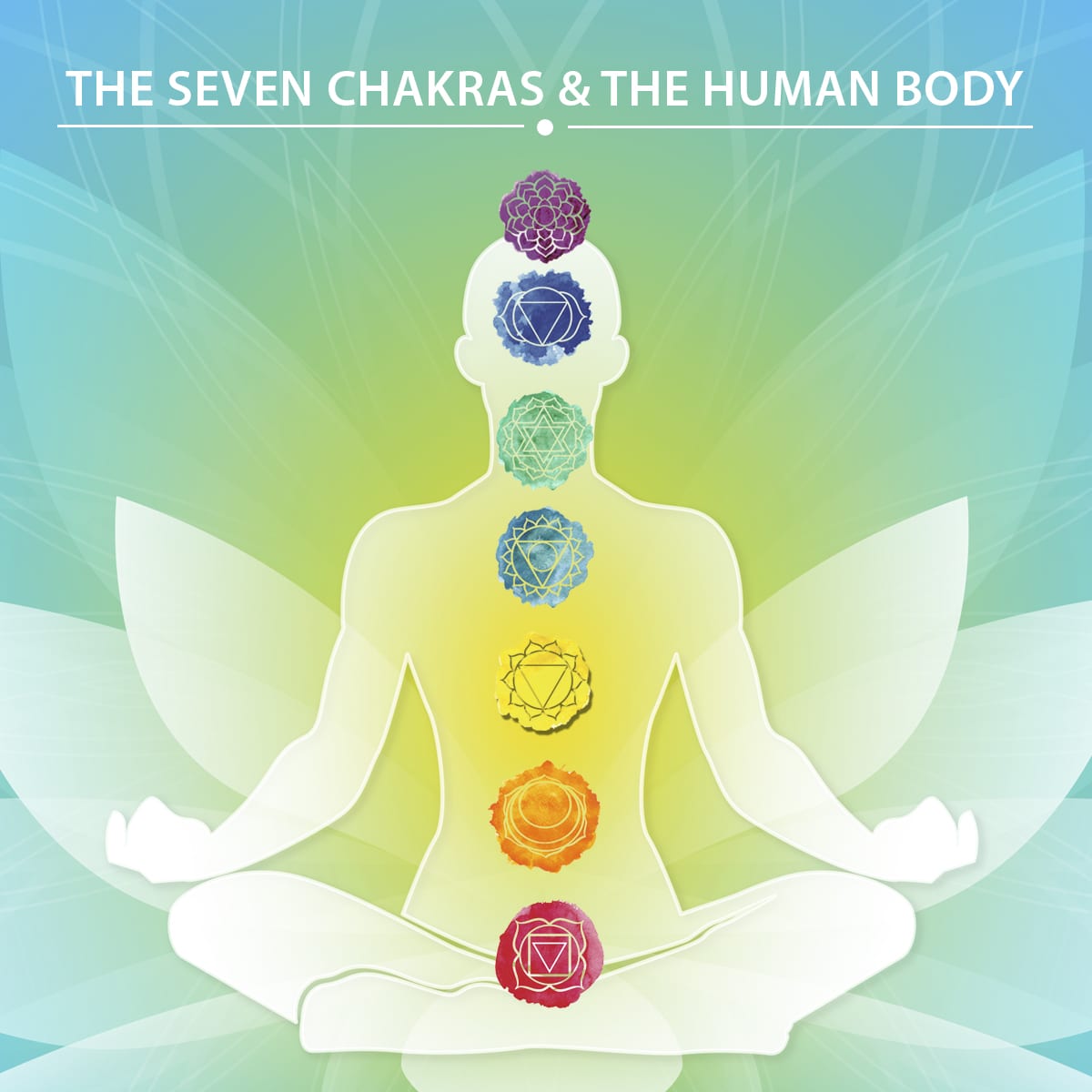
I hope my work helps you take a fulfilling and productive journey into the energy world of the Seven Chakras!
